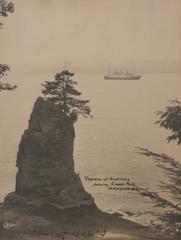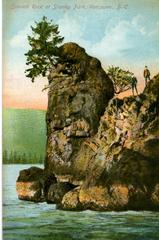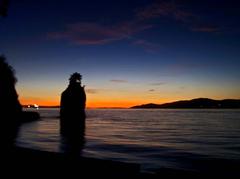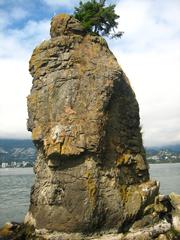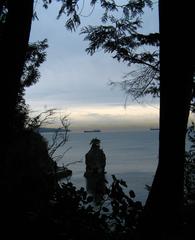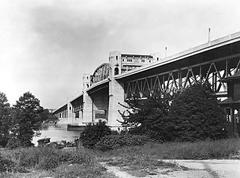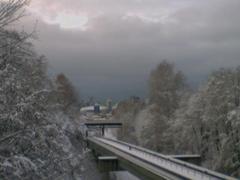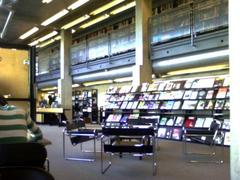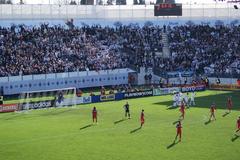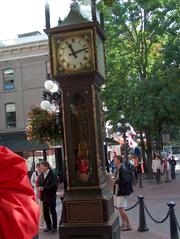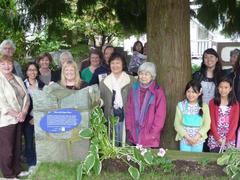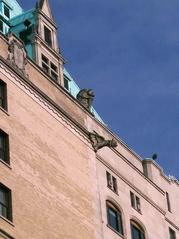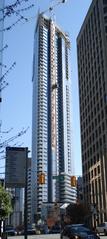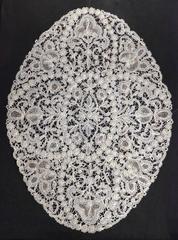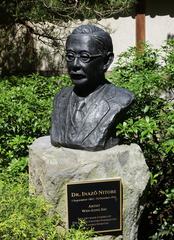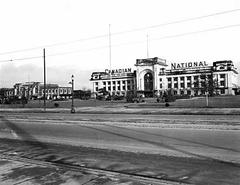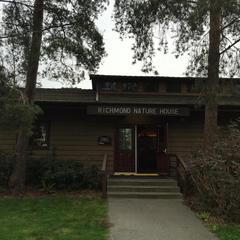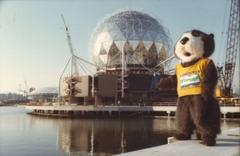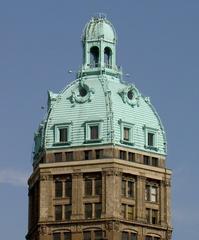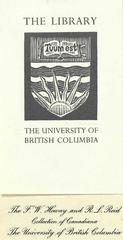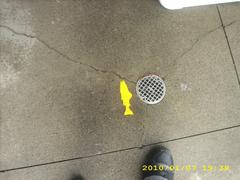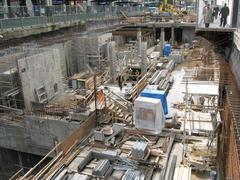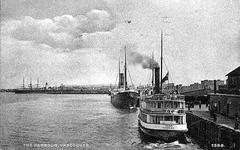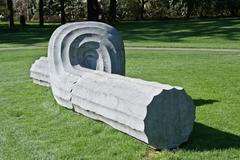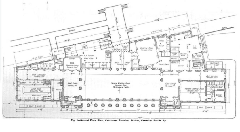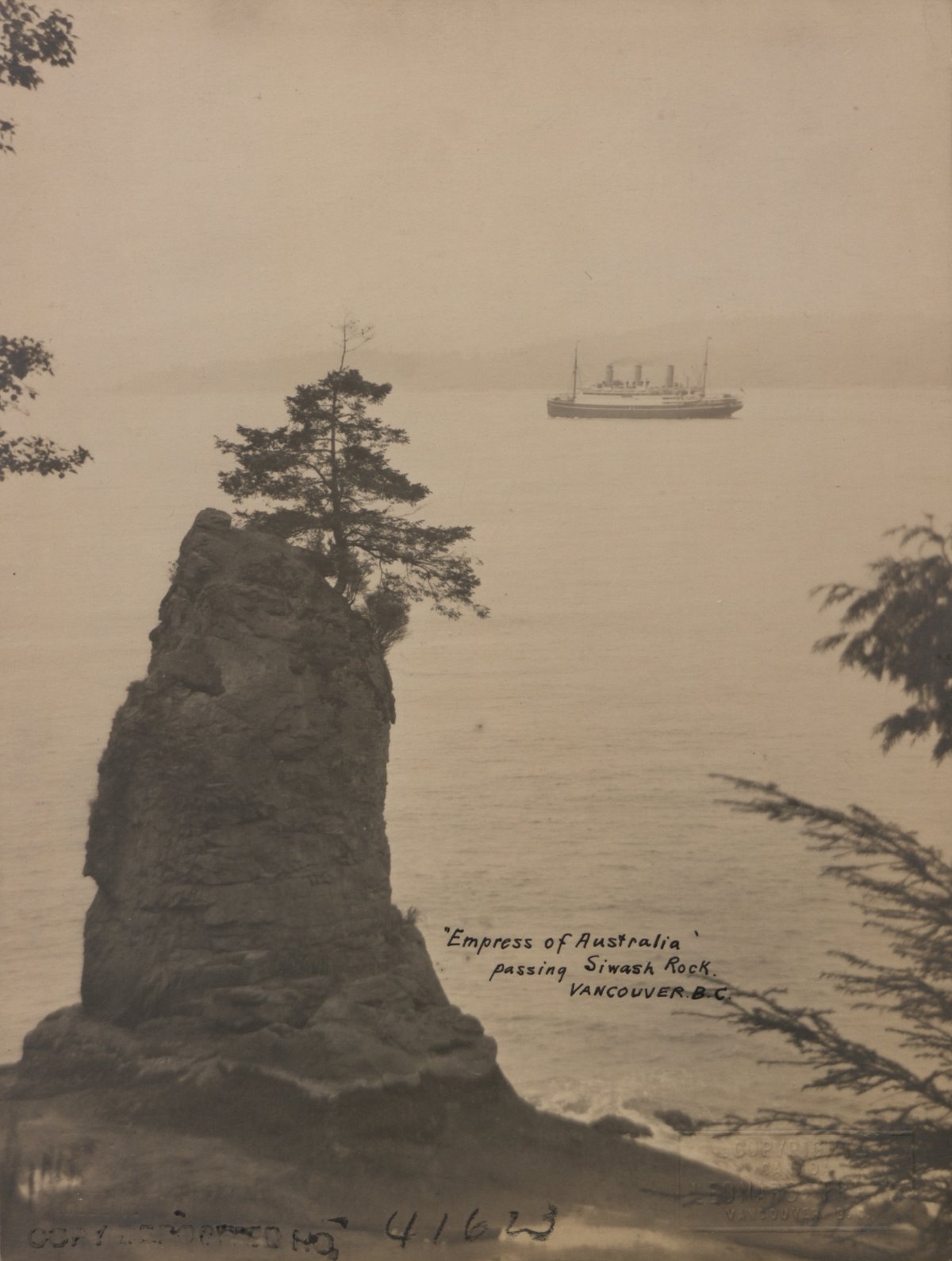
Visiting Stanley Park Seawall: Hours, Tickets, and Tips
Date: 19/07/2024
Introduction
The Stanley Park Seawall in Vancouver, Canada, stands as one of the city’s most iconic and historically rich landmarks. Spanning approximately 9 kilometers around Stanley Park and extending further along Vancouver’s waterfront, this scenic pathway offers visitors a unique blend of natural beauty, historical significance, and recreational opportunities. Originally envisioned by W.S. Rawlings, the park board superintendent in the 1910s, the seawall was designed to protect the park’s shoreline from erosion while providing a picturesque route for pedestrians and cyclists (Vancouver Park Board). The construction of the seawall began in 1917 and has since evolved into one of Vancouver’s most beloved attractions, reflecting the city’s commitment to environmental conservation and public enjoyment.
A significant figure in the seawall’s history is James “Jimmy” Cunningham, a master stonemason who dedicated over three decades to its construction. Cunningham’s meticulous craftsmanship and dedication are commemorated with a plaque along the seawall, symbolizing his lasting legacy in Vancouver (Vancouver Heritage Foundation). Over the years, the seawall has expanded and now serves as a vital cultural, social, and environmental resource for the city.
In this comprehensive guide, we will delve into the history of the Stanley Park Seawall, provide essential visitor information, and offer tips to enhance your experience. Whether you’re a history enthusiast, nature lover, or simply seeking a scenic route to explore, the Stanley Park Seawall has something for everyone. We will also explore its cultural and social impact, preservation efforts, and modern enhancements that continue to enrich this cherished public space.
Table of Contents
- Introduction
- History of Stanley Park Seawall
- Visitor Information
- Cultural and Social Impact
- Preservation and Maintenance
- Modern Enhancements
- FAQ
- Conclusion
- Sources
History of Stanley Park Seawall
Early Development and Vision
The Stanley Park Seawall, an iconic feature of Vancouver, Canada, has a rich history that dates back to the early 20th century. The initial vision for the seawall was conceived by W.S. Rawlings, the park board superintendent, in the 1910s. Rawlings envisioned a continuous pathway that would protect the park’s shoreline from erosion while providing a scenic route for pedestrians and cyclists. The construction of the seawall began in 1917, with the primary goal of preventing erosion caused by the tidal forces of the Burrard Inlet and English Bay (Vancouver Park Board).
The Role of James “Jimmy” Cunningham
A significant figure in the history of the Stanley Park Seawall is James “Jimmy” Cunningham, a master stonemason who dedicated over three decades of his life to its construction. Cunningham began working on the seawall in 1931 and continued until his death in 1963. His meticulous craftsmanship and dedication to the project earned him a lasting legacy in Vancouver. Cunningham’s work involved the careful placement of stones to create a durable and aesthetically pleasing barrier against the sea. His contributions are commemorated with a plaque along the seawall (Vancouver Heritage Foundation).
Expansion and Completion
The construction of the seawall was a gradual process, with various sections being completed over several decades. The initial segments focused on the areas most vulnerable to erosion, such as the stretch between Brockton Point and Lumberman’s Arch. By the 1950s, the seawall had extended to Second Beach, and further expansions continued into the 1970s and 1980s. The final section, connecting Coal Harbour to the rest of the seawall, was completed in 1980, marking the culmination of over 60 years of construction (City of Vancouver Archives).
Historical Significance
The Stanley Park Seawall holds significant historical value for Vancouver and its residents. It represents the city’s commitment to preserving its natural landscapes while providing accessible recreational spaces for the public. The seawall has become a symbol of Vancouver’s identity, attracting millions of visitors each year who come to enjoy its scenic views and recreational opportunities. The pathway is not only a testament to the city’s engineering and architectural achievements but also a reflection of the community’s dedication to environmental conservation (Heritage Vancouver Society).
Visitor Information
Visiting Hours and Tickets
The Stanley Park Seawall is open year-round, 24 hours a day. There is no admission fee to access the seawall, making it an affordable attraction for all visitors. However, certain events or guided tours may require tickets, so it’s advisable to check the Vancouver Park Board website for up-to-date information.
Travel Tips
- Best Time to Visit: The seawall can be enjoyed in any season, but spring and summer offer the most pleasant weather for outdoor activities.
- Getting There: Stanley Park is accessible by public transit, car, or bike. There are several parking lots within the park, though they can fill up quickly during peak times.
- What to Bring: Comfortable walking shoes, water, a camera, and weather-appropriate clothing are recommended.
Nearby Attractions
Stanley Park is home to many other attractions, including the Vancouver Aquarium, Lost Lagoon, and the Rose Garden. Visitors can also explore nearby landmarks such as Granville Island and the Vancouver Art Gallery.
Accessibility
The seawall is designed to be accessible to all visitors, with paved paths suitable for wheelchairs and strollers. There are also numerous benches and rest areas along the route.
Cultural and Social Impact
Over the years, the Stanley Park Seawall has played a vital role in the cultural and social life of Vancouver. It has hosted numerous events, including charity walks, marathons, and cultural festivals. The seawall’s accessibility and scenic beauty have made it a popular destination for both locals and tourists, fostering a sense of community and connection to nature. The pathway’s design, which accommodates pedestrians, cyclists, and rollerbladers, reflects Vancouver’s commitment to promoting active and healthy lifestyles (Tourism Vancouver).
Preservation and Maintenance
Maintaining the integrity of the Stanley Park Seawall is an ongoing effort. The Vancouver Park Board regularly conducts inspections and repairs to address wear and tear caused by natural elements and heavy usage. In recent years, climate change and rising sea levels have posed new challenges, prompting the city to invest in adaptive measures to protect the seawall and surrounding areas. These efforts ensure that the seawall remains a safe and enjoyable space for future generations (City of Vancouver).
Modern Enhancements
In addition to preservation efforts, the Stanley Park Seawall has seen several modern enhancements to improve the visitor experience. These include the installation of interpretive signage that provides historical and ecological information, as well as the addition of amenities such as benches, water fountains, and public art installations. These enhancements aim to enrich the experience of visitors while preserving the natural beauty and historical significance of the seawall (Vancouver Park Board).
FAQ
Q: What are the Stanley Park Seawall’s visiting hours?
- A: The seawall is open 24 hours a day, year-round.
Q: Is there an admission fee for the Stanley Park Seawall?
- A: No, access to the seawall is free.
Q: Are there guided tours available?
- A: Yes, guided tours are available for a fee. Check the Vancouver Park Board website for details.
Q: What is the best way to get to Stanley Park?
- A: Stanley Park is accessible by public transit, car, or bike.
Q: Are there facilities available along the seawall?
- A: Yes, there are benches, water fountains, and restrooms located along the seawall.
Conclusion
The history of the Stanley Park Seawall is a testament to the vision, dedication, and community spirit that have shaped Vancouver over the past century. From its early development to its ongoing preservation, the seawall continues to be a cherished landmark that embodies the city’s commitment to environmental stewardship and public enjoyment. As visitors walk, cycle, or skate along its path, they are not only experiencing a scenic route but also connecting with a piece of Vancouver’s rich history. For more information and updates, visit the Vancouver Heritage Foundation.
For more information, download our mobile app Audiala, check out our other related posts, or follow us on social media for more updates.
